When I made the decision to join my friend Betty of NoMoon Travel on a trip to Norway in the middle of December, the chance to see the Northern Lights for the first time was definitely a driving factor. I mean, who doesn’t have this astrological phenomena on their bucket list, am I right? December also seemed like one of the best times to see the Northern Lights in Norway in the regions we were headed: the Lofoten Islands and Tromsø. I was all in.
The thing was, we had so many other activities planned throughout the 10 days, that witnessing the Northern Lights wasn’t the sole focus of our trip. That’s all fine and well, but combine our low-level commitment with an iffy forecast and a bit of sleep deprivation, and our Northern Lights experience didn’t turn out quite as spectacular as I had hoped.
While we did get to view them a few times during our 10 day adventure up the Norwegian coast, the lights were pretty faint and not exactly the magical dancing phenomena I had envisioned. Still, I’m just grateful that I got to witness them at all as some people don’t even get that lucky!
In the process, however, I learned a lot about what makes viewing the Northern Lights more likely and the best way to plan a trip around this activity if it’s a main reason for your visit. I wanted to share all this newfound knowledge with you guys in case you’re planning a similar adventure, so read on for all my top tips and tricks including the best time to see the Northern Lights in Norway, the specific tours we did, fun apps you can use to help you track them down, and much more.
Best Time to See Northern Lights in Norway
Why Norway For Viewing The Northern Lights?
What makes Norway such an incredible place to view the Northern Lights in general is that it’s easy to access and also has a much milder climate than many other places around the world with the same latitude due to the impact of the Gulf Stream.
Of course there are other destinations you could visit to experience the Northern Lights, but Norway has so much to offer as a country in general that even if you never see the lights you’re guaranteed to have an incredible time. I promise.
What is the Aurora Borealis, Anyway?
First off, it’s helpful to know what the aurora borealis even is in the first place if you want to try to track it down.
In short, the Northern Lights are a phenomena that occurs when electrically charged particles emitted from the sun make it through the Earth’s atmosphere and collide with gas particles like nitrogen and oxygen (the different colors produced depend on which particles come into contact).
There are constantly charged particles being blown towards Earth by the sun’s powerful solar wind, but because of Earth’s strong magnetic field, these solar blasts often get deflected. Because the Earth’s magnetic field is weaker near the poles, this is where the aurora borealis most often occurs as charged particles sneak through.
Green and yellow are the most common colors emitted in this process, but other hues like pink, red, purple and blue are also possible and will be produced depending on which substances are colliding and at what altitude above Earth’s surface.
Did you know there are actually Southern Lights too (also called Aurora Australis)? There’s just not as many easily accessible places to view them as there are the Northern Lights, which is why they are less well-known.
What Are The Factors That Make The Northern Lights Visible Or Not?
A lot of people don’t realize that throughout the auroral ring, the Northern Lights are occurring all of the time, but because of the drastic discrepancies in daylight hours throughout the year in these parts of the world, you can’t always see them.
Here are some of the factors that go into getting the best possible conditions for viewing the Northern Lights:
DARKNESS
You can’t see the Northern Lights with the naked eye during daylight hours, which is why the winter in Norway is such a popular time for viewing this phenomena as there are more hours of darkness. You’ll also need to take light pollution into account. The further away from city lights you can get, the better.
CLEAR SKIES
Cloud cover, snow and storms can all mask the visibility of the Northern Lights, so the clearer the skies are, the better your chances of seeing them.
SOLAR ACTIVITY
Solar activity is constantly fluctuating, which means some days will naturally have more strength than others. Besides the daily natural variations in solar activity, there are also periods called the solar maximum that occur every 11 years in the solar cycle and produce the highest activity.
You don’t need to wait every 11 years to try to view the Northern Lights, but these time periods will naturally be the best years for viewing (the next one is set to occur in 2024).
LOCATION
Contrary to popular belief, being in the best location to view the aurora borealis isn’t exactly as simple as being far north. The most Northern Lights activity occurs between the latitudes of 65-75 degrees north (essentially where the Arctic Circle begins), which means that if you were in the North Pole, you’d actually have less of a chance of seeing the lights than in Northern Norway.
The best Northern Lights activity spans an area more like a ring rather than a dense circle (this map provides a nice visual), thus it’s best to focus on visiting those areas within that particular latitude range. There have been sightings of Northern Lights activity below this latitude in the past, but it’s rare.
TIME OF DAY
During the winter months, Northern Lights activity can best be viewed between 9 pm and 1 am, although there have been plenty of viewings outside of those times as long as darkness is present.
Which Months are the Best Times to See the Northern Lights in Norway?
Unfortunately there is no perfect answer to this question because each time of year has its pros and cons for viewing the Northern Lights in Norway.
SEPTEMBER & OCTOBER
These months statistically produce the most solar activity and come with clearer skies, but because there are still plenty of hours of daylight, visitors have less opportunity throughout the day to try and witness this stunning light show.
NOVEMBER THROUGH FEBRUARY
This is the darkest period of the year in Norway called the Polar Night and provides the maximum number of hours for Northern Lights viewing. With the heart of winter though, comes more chance of cloud cover and snow, but other snow-centric activities are plentiful if you don’t luck out with witnessing the aurora borealis!
MARCH
Similar to the fall months, March in Norway starts to produce more daylight, but there is also more potential solar activity to be witnessed.
OTHER MONTHS
Outside of these months it starts to get more and more difficult to witness the Northern Lights as the nighttime hours wane. During mid May to mid July, it would be impossible to see the aurora borealis due to the Midnight Sun which is the time period where the sun essentially doesn’t set and shines for 24 hours per day.
What Time of Day is Best for Viewing the Northern Lights?
While it’s technically possible the see the Northern Lights in Norway as long as there is no sunlight, the optimal hours for viewing seem to be between 9 pm and 1 am.
How to Plan Your Trip Around the Northern Lights in Norway
So now that you know the most key factors in successfully experiencing the Northern Lights in Norway for yourself, how do you begin to plan a trip that will achieve this? Here are some top things to consider in planning a Northern Lights adventure:
TIP 1: VISIT DESTINATIONS WITHIN THE AURORAL RING
Sorry guys, Oslo is actually not the greatest place to view the lights as it’s too south in Norway below the auroral ring. You’re better off heading north to destinations like the Lofoten Islands, Tromsø or Svalbard if you want the best chance of viewing them.
TIP 2: STAY IN NORWAY FOR AT LEAST 2 WEEKS
Even throughout the course of our 10 day experience in Norway and multiple attempts at seeing the lights, we never really fully got that totally wow-worthy show that I was craving.
If you want to see the lights, your best chance is to stay in the country for as long as possible because conditions and solar activity are unpredictable and ever-changing. You simply can’t hop to Norway for a long weekend expecting to tick this bucketlist experience off your list.
TIP 3: MAKE AS MANY ATTEMPTS AS POSSIBLE
There are tons of Northern Lights tours available in Norway that range from chase tours where a car takes you to spots where the activity is highest, to tours where you camp up at a cabin for the night hoping for them to come into view. I’d recommend trying a mix of things and for as many nights as possible.
TIP 4: BOOK HOTELS WITH AURORA WAKE-UP SERVICES
Since the best times to view the lights are in the middle of the night, there are hotels that will offer this service so that if you don’t want to spend your whole trip in Norway sleep-deprived, you can get a courtesy wake-up call when the lights come out to dance.
TIP 5: BOOK ACCOMMODATION THAT MAKES IT EASY TO VIEW THE LIGHTS
Another option is to book accommodation that makes it easy to view the lights, like a glass bubble dome or hotel with large windows or even a camper van (although you’ll want to make sure you’re warm enough with this option).
TIP 6: GET OUT OF THE CITY
Because of light pollution, your best chance at seeing the lights is away from any major cities. Take this into account when choosing accommodation or any tours.
How to See the Northern Lights Once You’re in Norway
There are a couple of ways to approach chasing down the Northern Lights: join a tour or go the DIY route. If you’ll be renting a car and are okay with doing a lot of research on your own, then it’s quite possible to try to chase the Northern Lights yourself. However, if you like the idea of someone doing the research and heavy lifting for you, then you’ll want to join a group or private tour.
JOINING A NORTHERN LIGHTS TOUR
During the darker parts of the year in Norway, there are tours running every night to take people out in search of the lights. Some are chase tours, which means you’ll be in a vehicle and your guide will go wherever they think the skies will be clearest and lights will be strongest based on technology and apps they are using. Other tours will have a stationary location where they bring guests to camp out and wait (and ideally it includes a fire, some snacks, and blankets to keep you cozy in the process).
There are a million different Norway Northern Lights tours on offer all around the country, but if you’re interested in the ones we did here’s a little breakdown:
Svolvær
- Northern Lights Chase with xxLofoten — This tour was led by a professional photographer, which was super helpful for our first tour as we wanted to learn how to capture the lights on camera. We took a large SUV and went driving around in search of the aurora borealis (they also have a small cabin where they will take guests if it makes sense), but ultimately it was too cloudy that night to see anything.
Tromsø
- Malangen Resort Northern Lights Watch — Outside of Tromsø we stayed at a lakeside hotel called Malangen Resort that has its own cabins on site for waiting to view the Northern Lights. The set-up was perfect, with a fireplace and hot drinks to keep us warm, but again we were out of luck as the solar activity wasn’t great that night.
- Glamping with Wildseas Norway — Wildseas Norway runs incredible glamping excursions on an island off the coast of Tromsø, and this is a prime spot for viewing the Northern Lights. The lights were pretty faint the night we were there, but luckily we were still able to step out of our tent and witness the best showing of the trip.
DOING A DIY NORTHERN LIGHTS ADVENTURE
If you’re going the DIY route, you’ll need either a place to go that you’ve rented where you can easily watch the sky from OR a car you’ve rented to chase down the lights. Don’t forget to bring warm enough clothes and blankets to keep you cozy while you’re outside. You’ll also need to use apps and websites to check on the strength of solar activity so you know which nights to go out and which to stay home and sleep.
WHAT IS THE KP INDEX?
An important thing to know about if you’re researching the Northern Lights on your own is the KP Index. This is a scale that spans from 0 to 9 and measures the intensity of the solar particles (aka how easy it will be to see the Northern Lights on any given night). The higher this value, the better for viewing. A zero basically indicates very low activity while a 9 would indicate intense geomagnetic storms.
HELPFUL APPS TO USE
So you’re probably thinking to yourself, how the hell do I find out the KP Index. Well, sister, there’s an app for that. Quite a few actually. And you’ll want to download them if you plan on hunting down those elusive lights on your own. Here’s a little breakdown of a few you can check out to aid in your search:
- This is a paid app ($1.99) that helps you track everything from KP Index to the best locations to view the lights near you, and offers push notifications when auroral activity is expected to be high.
- The Aurora Alerts app is a similar tool that monitors real-time auroral activity and can help you measure the probability of seeing the lights from your location. This app is also free.
- If you’d rather check KP Index off your phone, this site is one of the best for getting up-to-date information on solar activity.
Are you planning your own Northern Lights adventure? I hope this post gave you some helpful tips for the best time to see the Northern Lights in Norway. Feel free to leave any comments or questions you might have below!
Planning a trip right now? These are all the websites and services I love for booking everything from flights, tours, accommodation and more:
- Booking.com for the best hotel deals
- World Nomads for travel insurance
- Airbnb for awesome home rentals
- Skyscanner for finding the best flight deals
- Hostelworld for budget accommodation
- Rentalcars.com for easy car rentals
WAS THIS POST HELPFUL? PIN IT FOR LATER
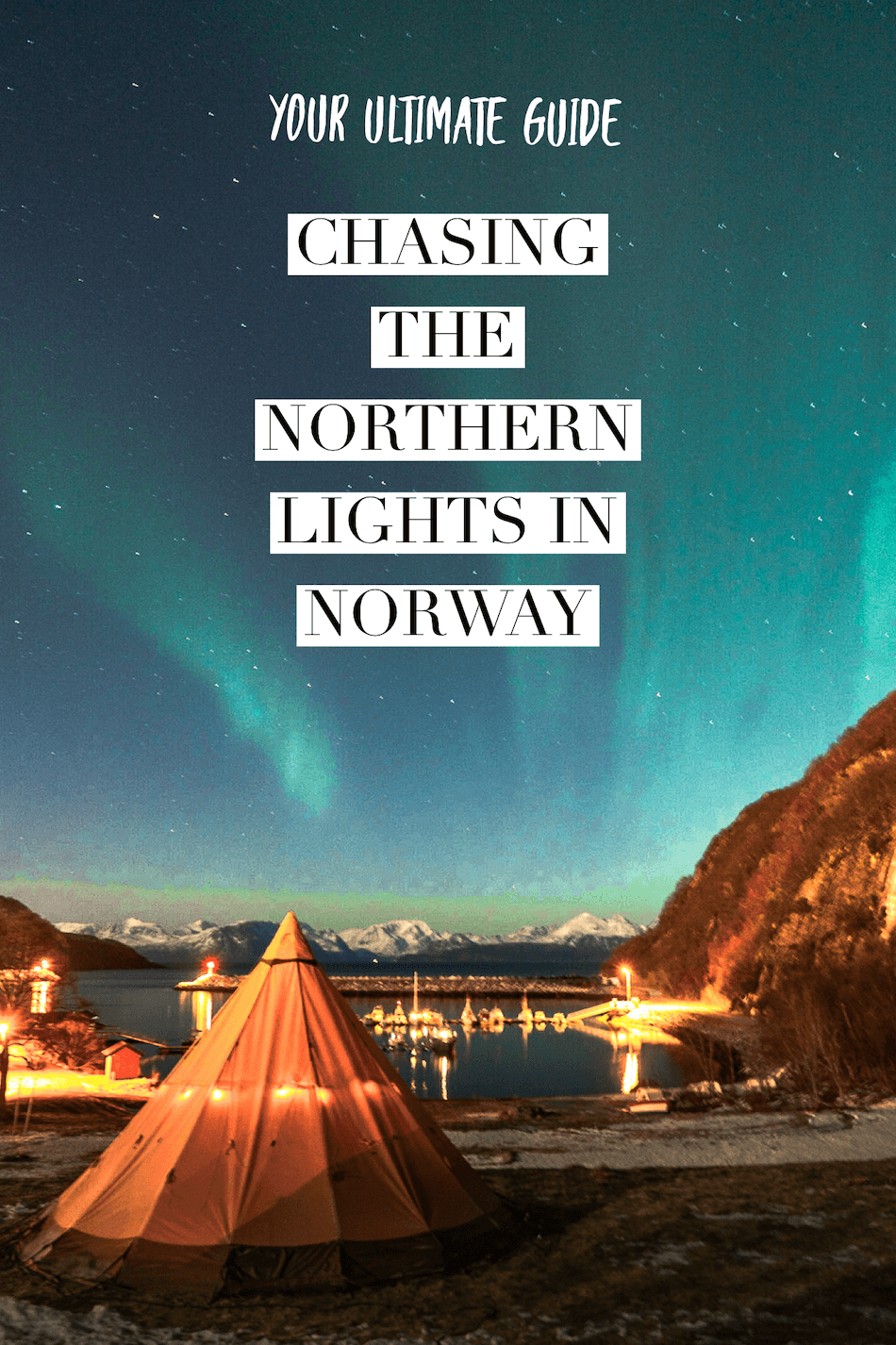

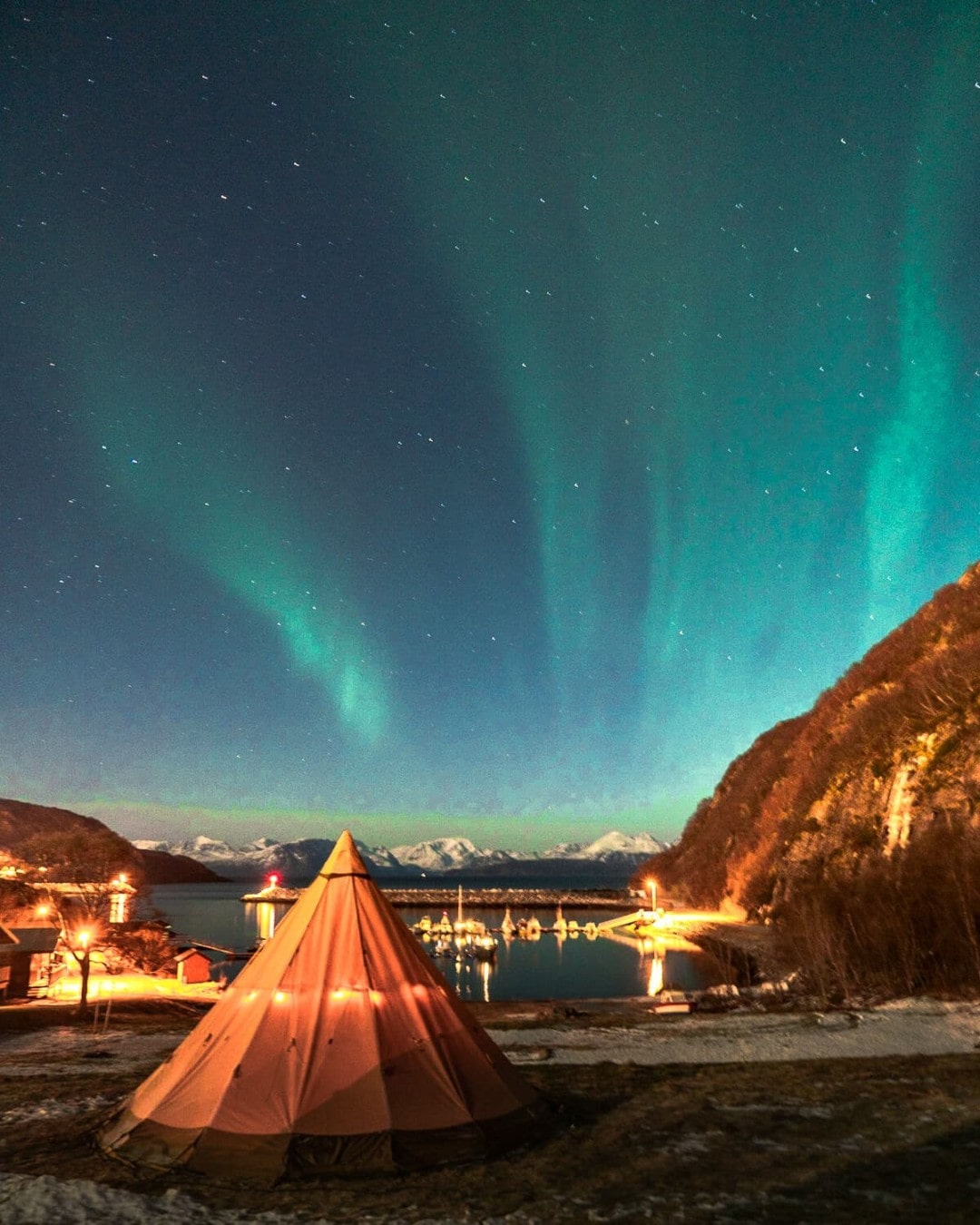
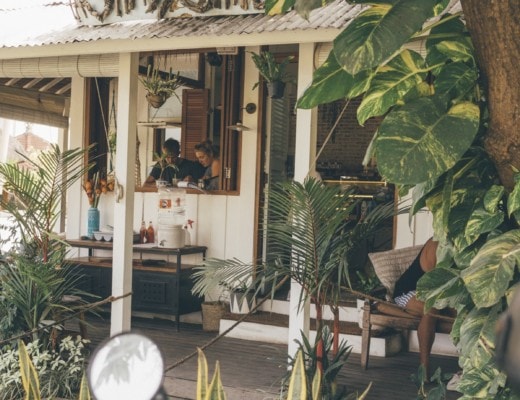
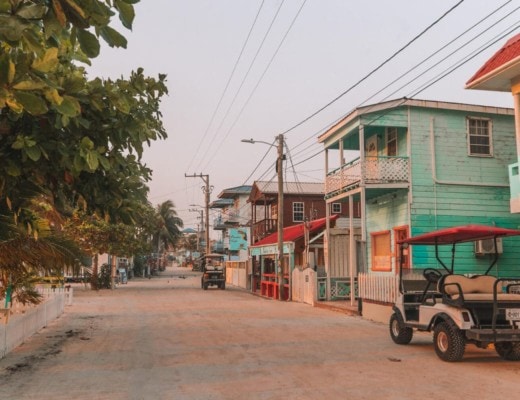
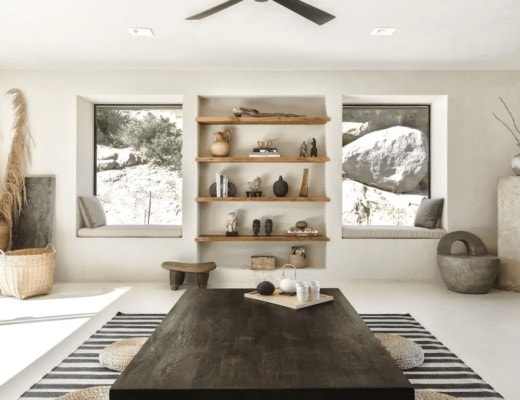
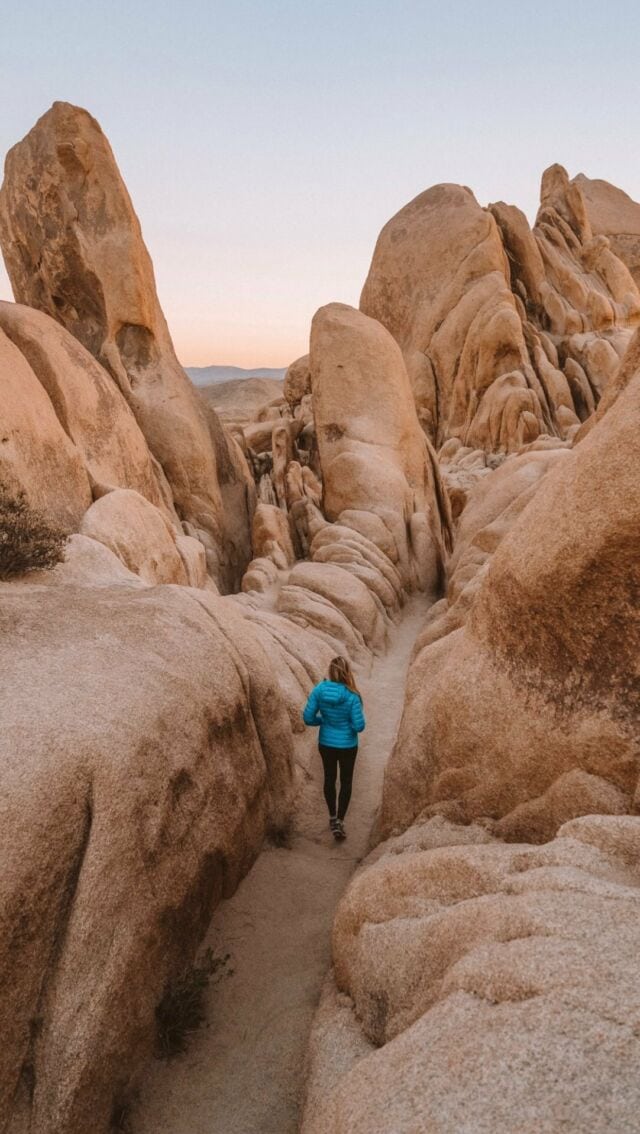
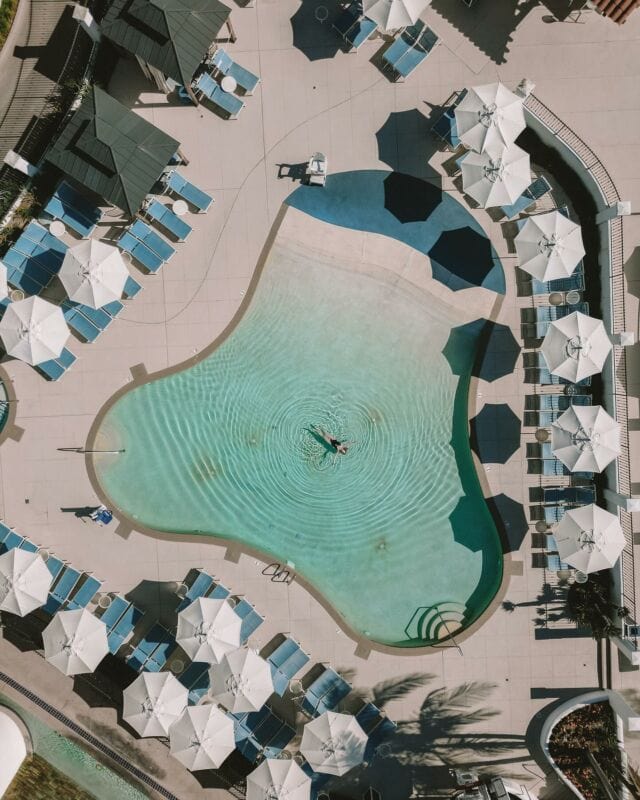
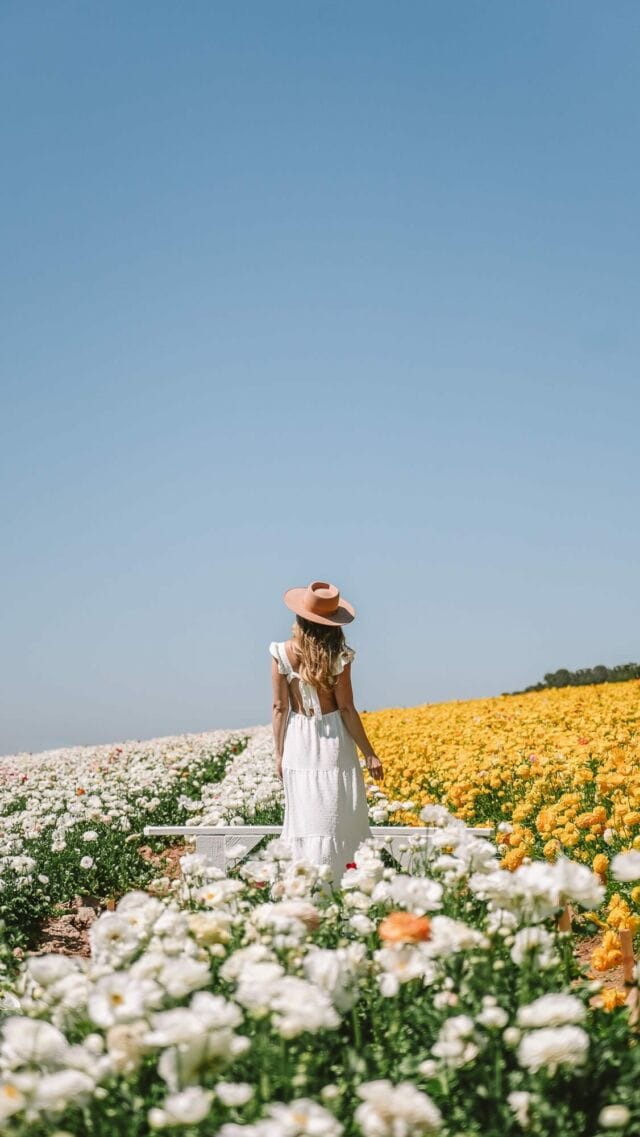
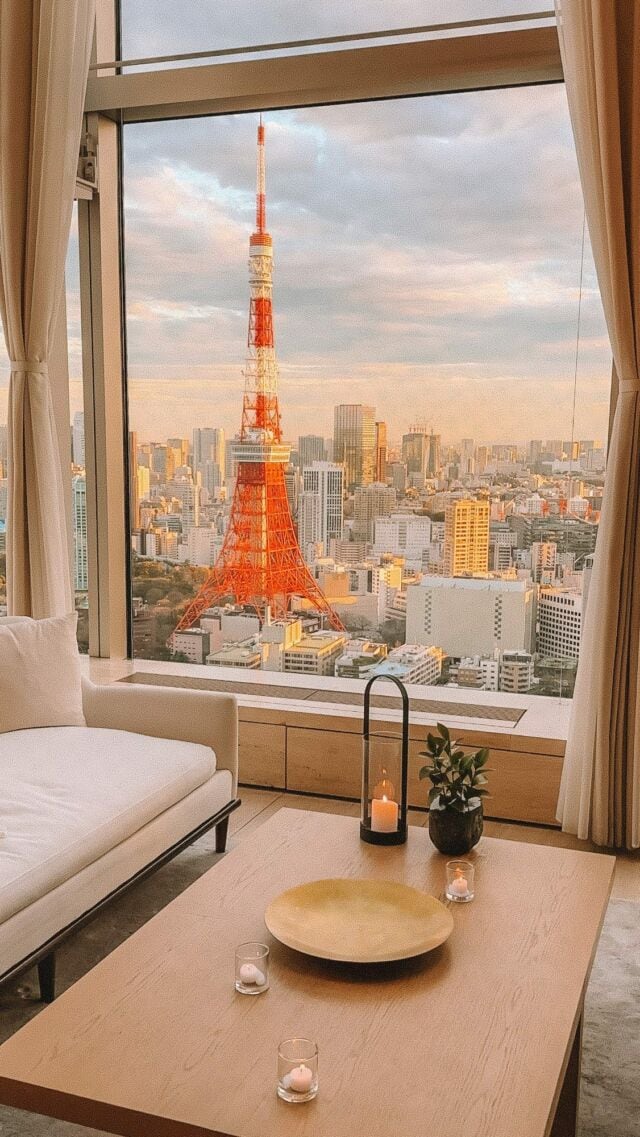
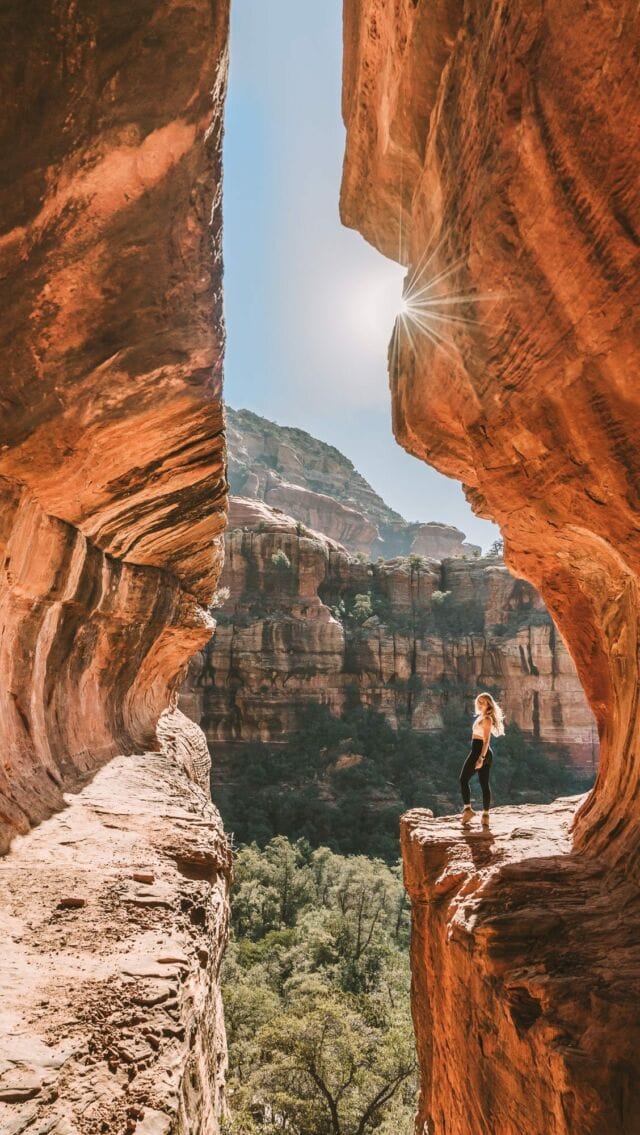
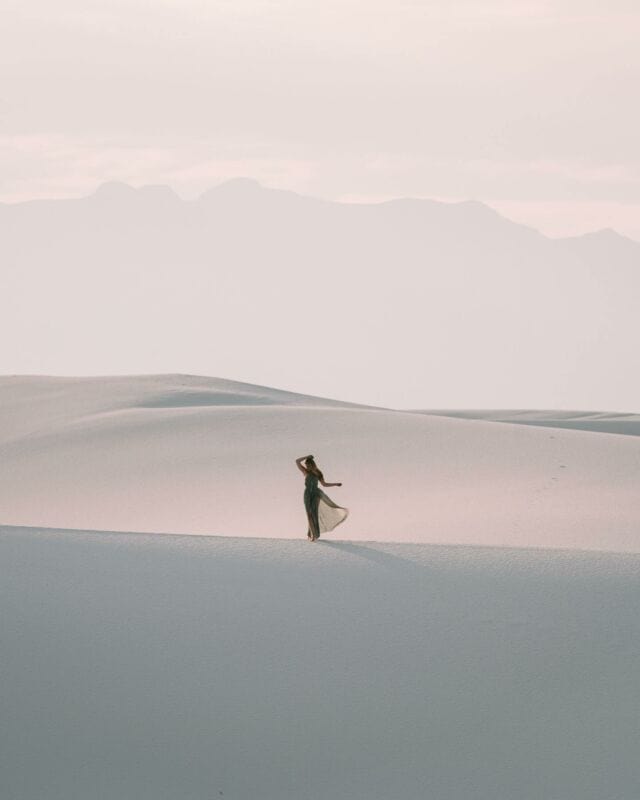
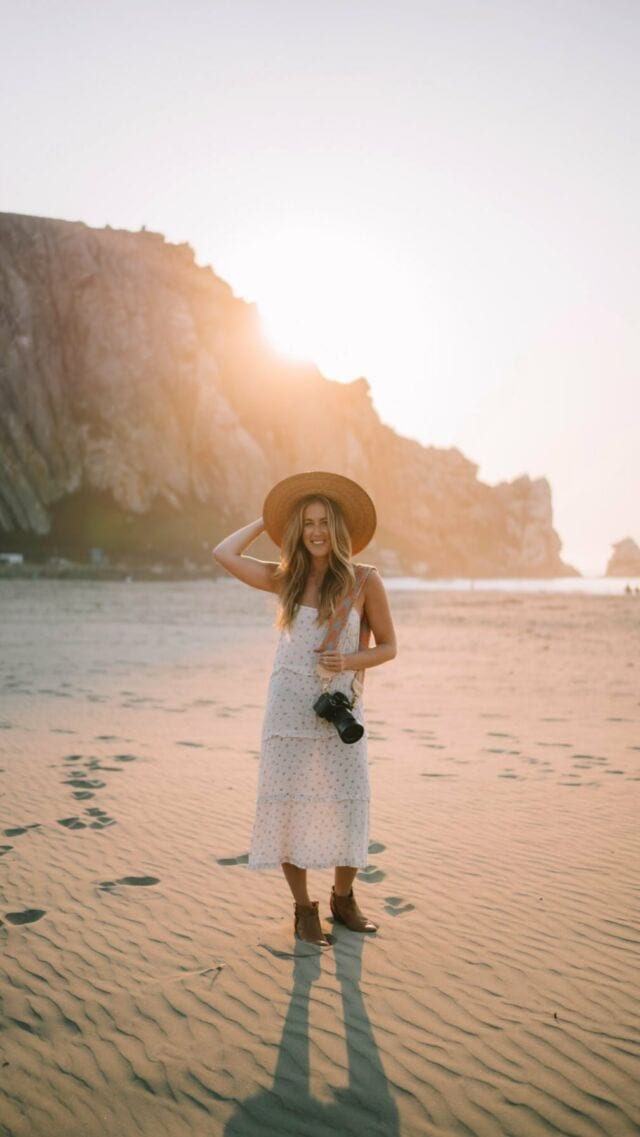
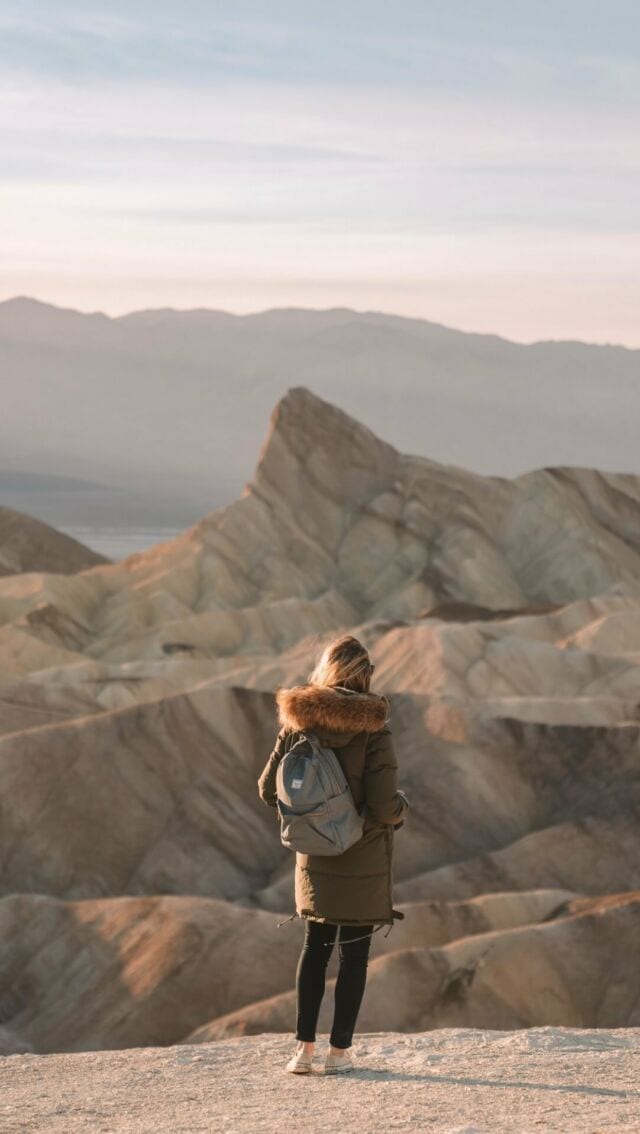
No Comments